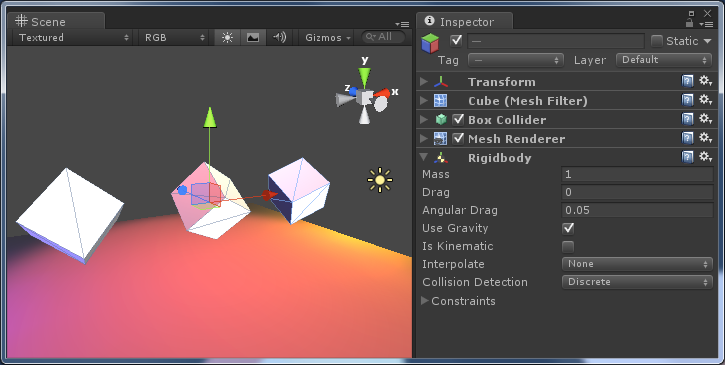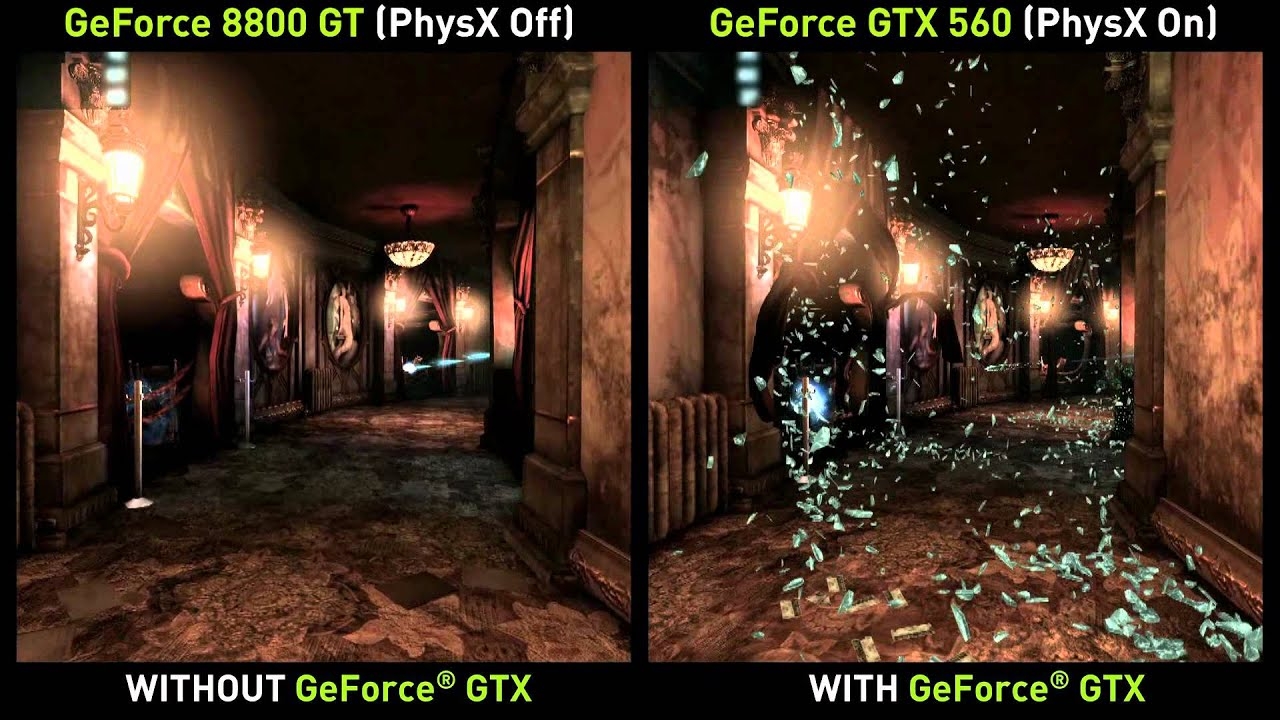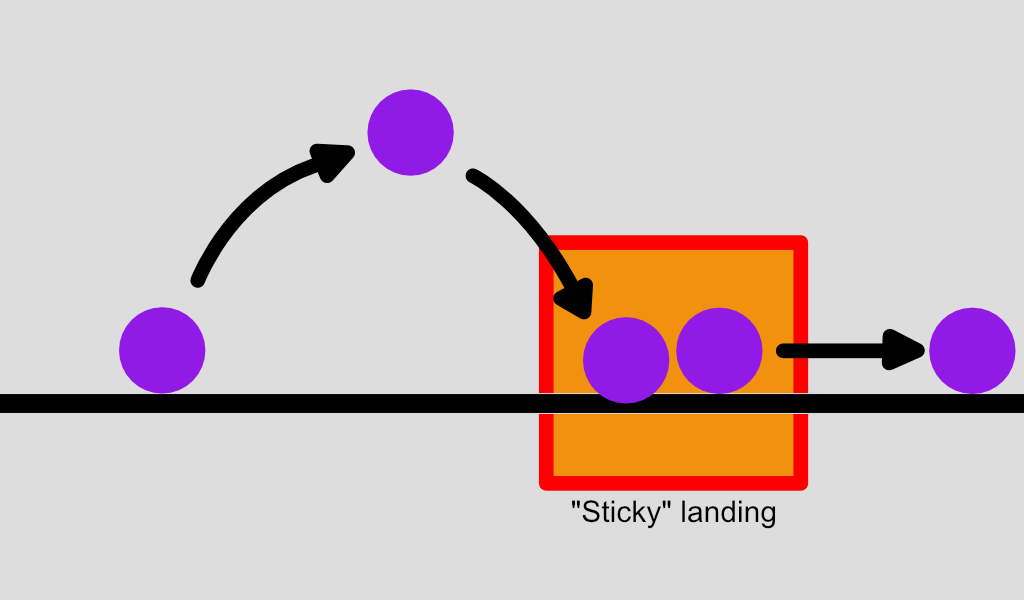

Physics in Unity plays a pivotal role in crafting immersive games with natural interactions like breaking, movement, and collisions. Integrated into Unity, the physics system simulates real-world behavior for objects, bringing virtual environments to life. Unity employs two primary physics engines:

Applications of Physics in Unity
Unity’s physics system enables developers to:
Through methods like Rigidbody.AddForce(), Unity allows developers to apply forces to objects in various ways, catering to different simulation needs. The robust physics system can mimic real-world phenomena such as free falls, collisions, and even complex interactions like fluid motion, making games more realistic and engaging.
Key Physics Phenomena in Unity

Why Is Physics Important in Unity?
If you’re passionate about game development and creating dynamic features, join SAVA META, a leading developer in Metaverse solutions and mobile casual games. At SAVA META, you’ll have the chance to work in a professional and creative environment alongside industry experts, pushing the boundaries of game innovation.
Our mission is to deliver unprecedented experiences through groundbreaking projects, fostering creativity and collaboration. SAVA META offers not just a professional workspace but also a vibrant internal culture that emphasizes connectivity and interaction among team members.
Explore open positions at: